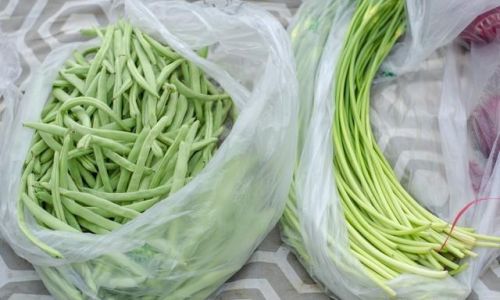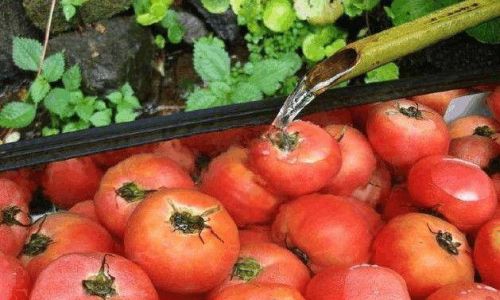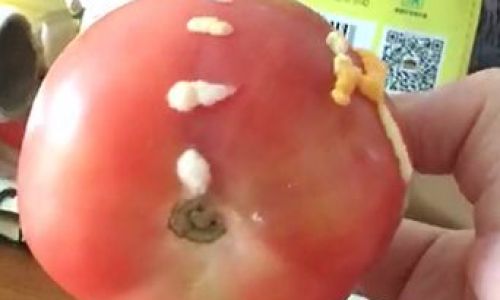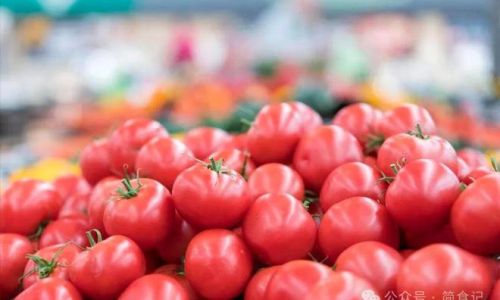Introduction

In the realm of artisanal beverages, lotus wine stands as a unique and enchanting creation, blending the ethereal beauty of the lotus flower with the rich, aged flavors of fermented fruits and grains. This delicate drink is not merely a beverage; it is a testament to the harmony between nature and human ingenuity. The lotus, revered in many cultures for its purity and serenity, finds a new life in the form of wine, its petals and seeds contributing to a brew that is both visually stunning and deeply satisfying on the palate. This guide delves into the intricate process of crafting lotus wine, from sourcing the ingredients to the final bottling, offering a comprehensive understanding of this ancient and mystical art.
Chapter 1: Understanding the Ingredients
The foundation of any good wine lies in its ingredients, and lotus wine is no exception. To begin, one must familiarize themselves with the key components involved in its production:
-
Lotus Flowers: The star of the show, lotus flowers are meticulously selected for their freshness, color, and fragrance. The petals are often used for their aromatic qualities, while the seeds provide a nutty, slightly sweet flavor.
-
Base Wine or Fermentation Medium: Depending on the desired outcome, a base wine (such as white or rose) or a neutral spirit can be used as the foundation for the lotus wine. Alternatively, fruits like grapes, peaches, or plums can be fermented to create a unique blend.
-
Sugar and Yeast: Sugar acts as a food source for the yeast, which converts it into alcohol and carbon dioxide during fermentation. Specific yeast strains are chosen for their ability to enhance the lotus’s natural flavors without overpowering them.
-
Spices and Herbs (Optional): To add complexity, some brewers incorporate spices like cinnamon, vanilla, or cloves, as well as herbs such as mint or lavender, which can complement the lotus’s floral notes.
-
Water and Preservatives (if needed): Pure, clean water is essential for diluting and balancing flavors, while preservatives like sulfur dioxide may be used to extend the shelf life of the final product.
Chapter 2: Preparing the Ingredients
Before embarking on the brewing process, it’s crucial to prepare the ingredients meticulously:
-
Harvesting Lotus Flowers: The best time to harvest lotus flowers is early in the morning when the petals are still closed, preserving their freshness and fragrance. Carefully pluck the flowers, avoiding damage to the plant, and rinse them gently in cold water to remove any dirt or debris.
-
Processing the Petals and Seeds: Separate the petals from the seeds. The petals can be dried naturally in the sun or using a food dehydrator, then finely chopped or blended into a powder. The seeds should be roasted lightly to enhance their flavor and ground into a meal.
-
Preparing the Base Wine or Fermentation Medium: If using a base wine, ensure it is of good quality and complements the lotus’s profile. If fermenting from scratch, select ripe, healthy fruits and follow standard wine-making practices for crushing, pressing, and juicing.
Chapter 3: The Fermentation Process
Fermentation is the heart of wine-making, and lotus wine is no different. Here’s a step-by-step breakdown:
-
Mixing Ingredients: Combine the prepared lotus petals or powder, roasted seed meal, and any chosen spices or herbs with the base wine or fermentation medium in a clean, sanitized fermentation vessel. Adjust the sugar content according to taste and yeast tolerance.
-
Pitching the Yeast: Add the selected yeast to the mixture, ensuring the temperature is within the yeast’s optimal range (usually between 65-85°F or 18-29°C). Stir well to distribute the yeast evenly.

-
Primary Fermentation: Cover the vessel with a loose-fitting lid to allow for the release of carbon dioxide. Monitor the fermentation daily, stirring occasionally to prevent the formation of a cap that could trap harmful bacteria. This phase can last anywhere from a few days to a week, depending on the yeast strain and temperature.
-
Secondary Fermentation (Optional): Once primary fermentation has slowed, rack (or transfer) the wine into a clean secondary vessel, leaving behind any sediment. At this stage, additional flavors can be infused, such as more lotus petals or a secondary fermentation with fruit purees.
-
Aging: Allow the wine to age in a cool, dark place for several months to a year. During this time, the flavors will meld and develop, creating a more harmonious and complex drink. Regular racking may be necessary to remove sediment.
Chapter 4: Bottling and Preservation
When the wine has reached its desired maturity, it’s time to bottle and preserve it:
-
Clarifying and Filtering: Before bottling, clarify the wine to remove any remaining particles. This can be done naturally with bentonite or gelatin, or through more advanced filtration methods.
-
Bottling: Use clean, sterile bottles and fill them to the neck to minimize headspace, which can lead to oxidation. Secure the bottles with corks or screw caps and label them with the date and batch number.
-
Storage: Store the bottled wine in a cool, dark place, ideally at a constant temperature around 55°F (13°C). Avoid temperature fluctuations and direct sunlight, which can degrade the wine’s quality.
Chapter 5: Serving and Enjoying Lotus Wine
Finally, the moment of truth arrives: serving and enjoying your homemade lotus wine. Here are some tips for presenting this unique beverage:
-
Decanting: If the wine has been aged for a significant period, decanting can help to aerate it and bring out its flavors. Allow the wine to breathe for at least 30 minutes before serving.
-
Serving Temperature: Serve lotus wine at a slightly chilled temperature, around 50-55°F (10-13°C), to enhance its floral and fruity notes.
-
Pairing: This wine pairs wonderfully with light dishes, seafood, and desserts that have a similar floral or nutty profile. Experiment with different pairings to discover your favorite combinations.
-
Appreciation: Take a moment to appreciate the visual beauty of the wine before tasting. Note its color, clarity, and aroma, then savor each sip, allowing the flavors to develop on your palate.
Conclusion
Crafting lotus wine is a journey that requires patience, precision, and a deep respect for the ingredients involved. By following these steps, you can transform the ethereal beauty of the lotus flower into a liquid masterpiece that captures the essence of both nature and human creativity. Whether enjoyed as a standalone beverage or paired with a gourmet meal, lotus wine offers a unique and memorable experience, connecting the drinker to the ancient traditions and natural wonders that inspired its creation. As you embark on this endeavor, remember that each batch is a unique expression of time, place, and intention, making every sip a celebration of the art of wine-making and the beauty of the lotus flower.





0 comments